Some home gadgets seem like revolutionary ideas at first, promising to make life easier, more efficient, or more exciting. But not every product delivers on its promises, and some turn out to be expensive, impractical, or outright useless. Whether due to poor design, unnecessary complexity, or unrealistic expectations, many devices have flopped hard after their initial hype faded. Some were plagued by technical issues that made them frustrating to use, while others overcomplicated simple tasks that didn’t need improvement. A few were so ridiculous that it’s surprising they made it to market at all.
1. Juicero – The $400 Wi-Fi-Connected Juice Press
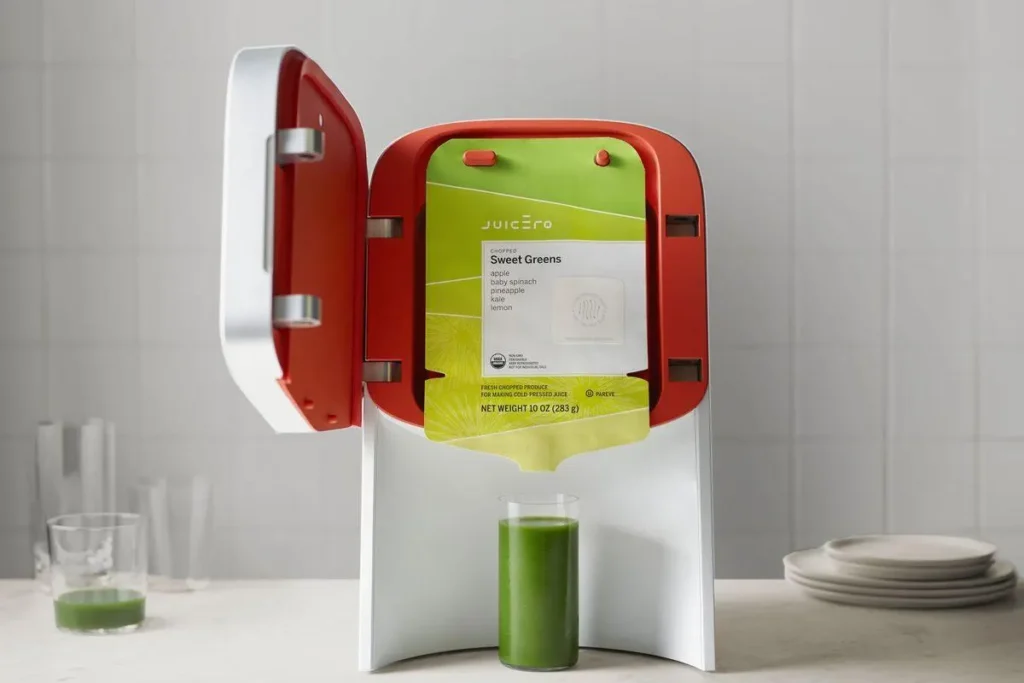
Juicero was marketed as a revolutionary way to enjoy fresh juice at home, offering a sleek, high-tech machine that pressed juice from specially designed pouches. The catch was that the pouches could be squeezed just as effectively by hand, making the expensive machine completely unnecessary, reported The Guardian. Priced at $400, Juicero quickly became a symbol of tech industry excess and misguided innovation. Consumers were frustrated to learn that the device required an internet connection to function, adding another layer of inconvenience to an already overpriced gadget.
Critics mocked the company for creating a product that solved a problem no one had. Investors who had poured millions into the startup were left stunned as Juicero collapsed in 2017. Many customers demanded refunds, feeling misled by the promise of a groundbreaking juicing experience. The company tried to defend its product by emphasizing the machine’s consistency and precision, but the damage was done. In the end, Juicero became a cautionary tale about over-engineering simple tasks and charging premium prices for unnecessary technology. What was supposed to be a smart appliance ended up being one of the most embarrassing tech failures of the decade.
2. The iKettle – A Wi-Fi-Enabled Kettle That Rarely Worked

The idea of a smart kettle that could be controlled via a smartphone app seemed like a great way to streamline morning routines. The iKettle promised to let users start boiling water remotely, ensuring a hot cup of tea or coffee was ready when they needed it. Unfortunately, the execution was riddled with problems, from unreliable Wi-Fi connectivity to an app that frequently crashed. Many users found that it took longer to get the kettle connected to their phone than it did to simply turn it on manually. Security experts also discovered vulnerabilities in the device, making it possible for hackers to take control of the kettle remotely, as reported in The Register.
While boiling water might not seem like a major cybersecurity risk, the fact that a simple household appliance could be so easily compromised raised serious concerns. Some users reported that the app would randomly disconnect from the kettle, making its remote features useless. The price was also significantly higher than that of a traditional electric kettle, further frustrating buyers. Despite several updates and new versions, the iKettle never overcame its reputation as an unnecessary and unreliable gadget. Most people ultimately realized that pressing a button on a standard kettle was far easier than dealing with a glitchy smart one.
3. The Egg Minder – A Smart Egg Tray Nobody Asked For

The Egg Minder was designed to help users keep track of their eggs by connecting to an app that monitored freshness and inventory. It seemed like a clever way to reduce food waste and ensure no eggs went bad unnoticed. However, in practice, the device was more trouble than it was worth, says CNET. The app was often inaccurate, failing to properly register when eggs were removed or added. Many users found that simply checking the expiration date or giving an egg the old-fashioned float test was far easier.
The tray required frequent battery changes, which felt excessive for something as basic as storing eggs. The notification system was also unreliable, sometimes sending alerts that eggs were expired when they were still fresh. Some buyers also found the tray to be poorly designed, making it difficult to remove or place eggs securely. At $50, it was far more expensive than a regular egg tray, making it an unnecessary purchase for most households. In the end, the Egg Minder proved that not every kitchen gadget needs to be smart—sometimes, simple solutions work best.
4. The Self-Stirring Mug – A Lazy Invention That Barely Worked
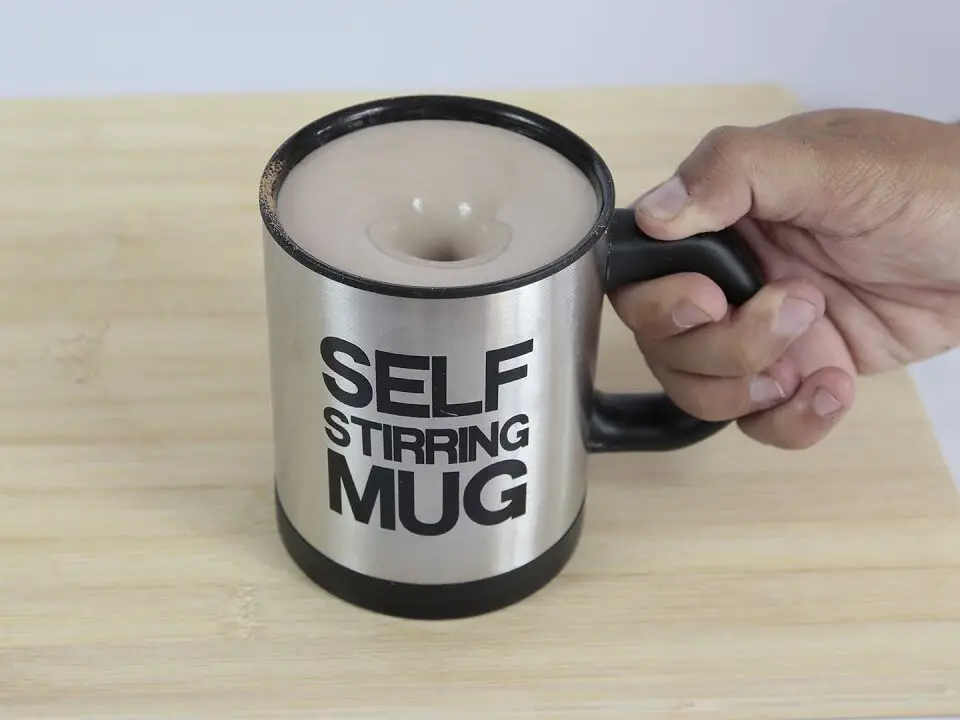
At first glance, a self-stirring mug seems like a fun and convenient gadget, eliminating the need for spoons or stirring sticks. The mug used a small motor to spin a tiny paddle at the bottom, supposedly mixing coffee, tea, or hot chocolate effortlessly. While it sounded promising, the reality was far less impressive, reported PureWow. The motor was often too weak to properly mix thicker drinks, like hot chocolate or coffee with cream and sugar.
Cleaning the mug was also a hassle, as liquid often got trapped in the motorized base, leading to buildup and unpleasant odors. Many users reported that the stirring mechanism broke down after only a few uses, making the mug no better than a regular one. The button to activate the stirring feature was also prone to sticking or failing altogether. Some people found that the mug leaked, especially when trying to clean it under running water. Despite its novelty appeal, the self-stirring mug ended up being an impractical and poorly made gadget. For most people, using a spoon remained the far superior option.
5. The Rejuvenique Electric Facial Mask – A Horror Movie in Disguise

The Rejuvenique mask promised to tighten and tone facial muscles through small electric pulses, supposedly reducing wrinkles and signs of aging. However, its appearance alone was enough to terrify potential customers, as it closely resembled something out of a horror movie. The mask covered the entire face with an unsettling, robotic expression, making wearers look more like villains than beauty enthusiasts. Beyond the creepy design, the device was also uncomfortable to wear, with many users reporting painful shocks rather than gentle pulses.
The effectiveness of the treatment was widely questioned, with little scientific evidence to support its claims. Many dermatologists criticized the product, warning that it could cause skin irritation and muscle fatigue rather than any real anti-aging benefits. The price was also a major deterrent, as the mask sold for several hundred dollars, making it an expensive risk for those hoping to improve their skin. Negative reviews quickly piled up, with customers complaining of discomfort, disappointing results, and overall regret. The company attempted to rebrand and improve the product, but the damage was done. In the end, the Rejuvenique mask became more of a bizarre curiosity than a legitimate skincare tool.
6. The Smart Fork – A Device That Tells You to Slow Down
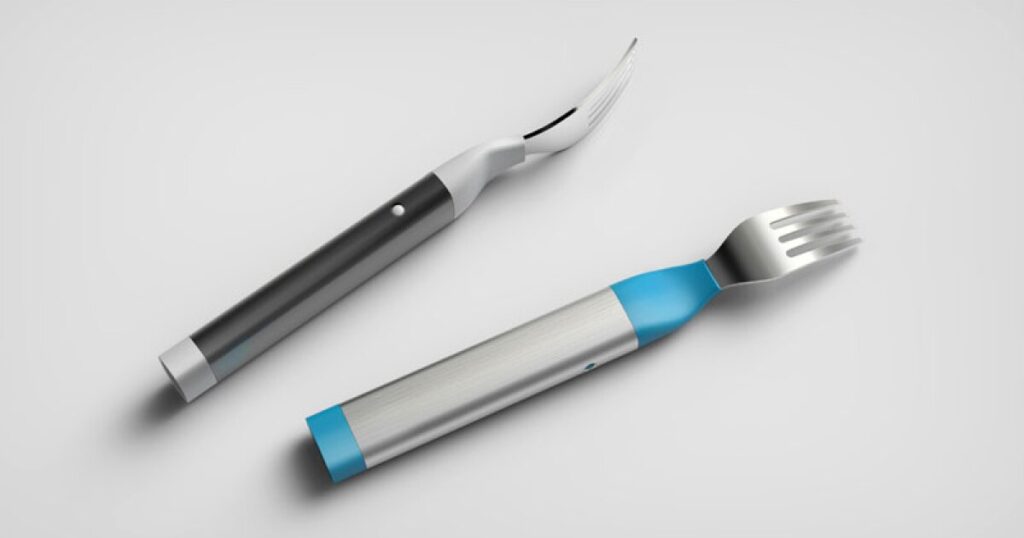
The Smart Fork was marketed as a revolutionary way to eat more mindfully by vibrating when you were eating too quickly. The idea was to help users improve their eating habits and potentially lose weight by encouraging slower, more deliberate eating. While this sounds like a great idea in theory, the reality was far less practical. Many users found the vibrations annoying rather than helpful, often interrupting their dining experience. The fork’s sensor was often too sensitive, making it vibrate even if you were eating at a normal pace.
Additionally, the Smart Fork was bulky and awkward to use, feeling more like a novelty than a genuinely useful eating tool. Some people found it hard to get used to, while others simply couldn’t see the point of using a fork that did nothing more than buzz at you. At $100, the price tag felt excessive for a gadget that didn’t provide enough benefits to justify the cost. In the end, the Smart Fork was largely forgotten as people returned to simply enjoying their meals without being interrupted. The concept of mindful eating still has value, but this device didn’t provide a practical solution.
7. The Laser Egg – A Smart Air Purifier That Did Nothing
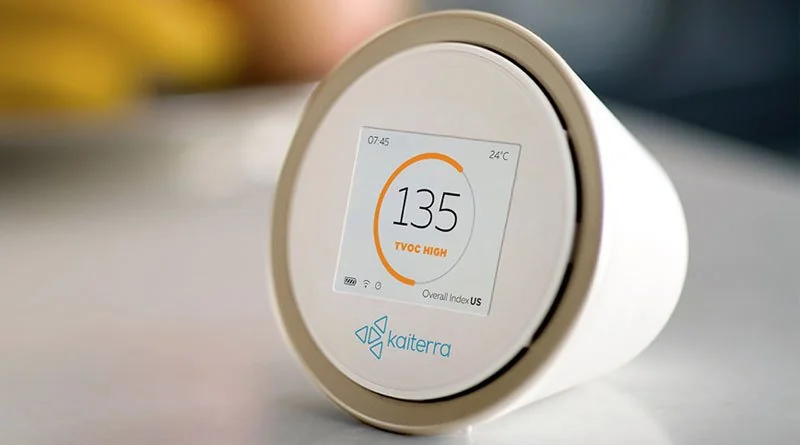
The Laser Egg was marketed as a cutting-edge air purifier that used a laser sensor to detect air quality and displayed real-time readings on its screen. It sounded like a perfect addition to any home concerned about air pollution, allergens, or environmental quality. However, users quickly discovered that the Laser Egg wasn’t particularly effective at purifying the air. While it provided information about air quality, it didn’t actually improve the air in any meaningful way. Many customers reported that it didn’t make a noticeable difference in their indoor environment, leaving them questioning its usefulness.
The device also had a tendency to give inconsistent readings, leading to confusion about the air quality in their homes. It didn’t take long for buyers to realize that, while the Laser Egg offered some interesting data, it was ultimately a glorified air quality monitor rather than a functional purifier. At $150, the price seemed steep for a product that didn’t live up to expectations. In the end, most consumers returned to using standard air purifiers that actually filtered the air instead of just measuring it. The Laser Egg’s failure showed that sometimes, a gadget needs to deliver more than just data to be truly useful.
8. The Bluetooth-Enabled Toaster – A Futuristic Flop
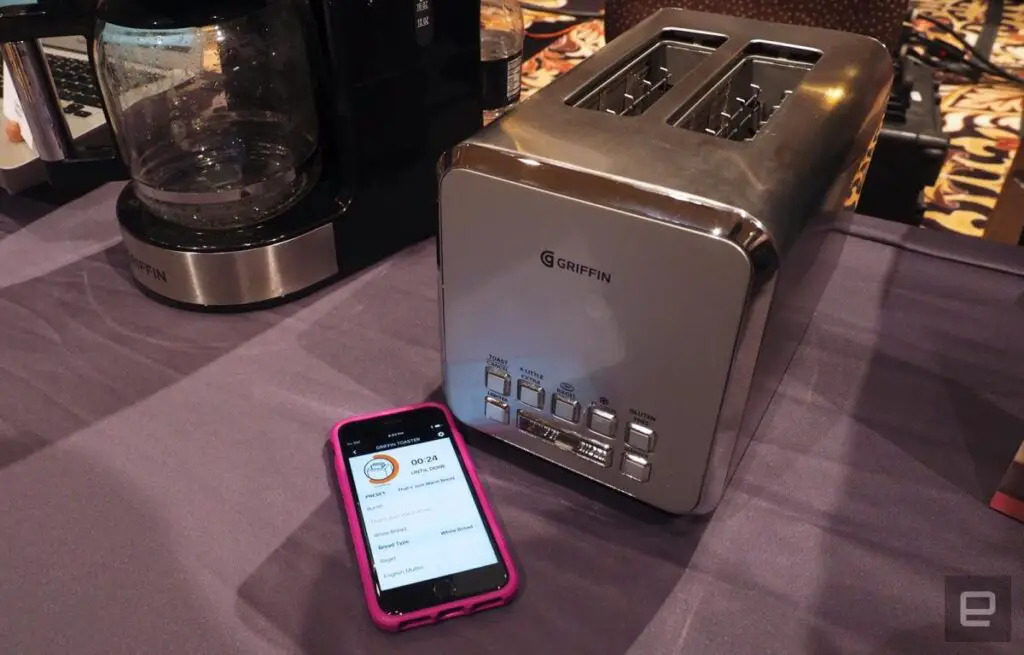
The Bluetooth-enabled toaster was designed to let users control their toast from their phones, adjusting settings like browning level and cooking time remotely. While it seemed like an exciting addition to the smart kitchen trend, it quickly became clear that it was an unnecessary upgrade. The toaster’s app was prone to malfunctioning, often failing to connect to the device or responding too slowly to commands. Some users reported that the toast didn’t come out as expected, even with the app’s adjustments, leading to disappointment and frustration.
Additionally, the toaster took much longer to make toast compared to traditional models, making it feel like a hassle rather than a convenience. The novelty of controlling your breakfast remotely wore off quickly, and most people realized that using a regular toaster was simpler and more effective. Despite the cool-factor, this gadget wasn’t worth the price, especially when it couldn’t even reliably toast bread. At $100, it felt like an overpriced gimmick rather than a practical appliance. In the end, the Bluetooth toaster quickly faded into obscurity, with buyers returning to their tried-and-true kitchen appliances.
9. The Smart Refrigerator That Couldn’t Keep It Cool
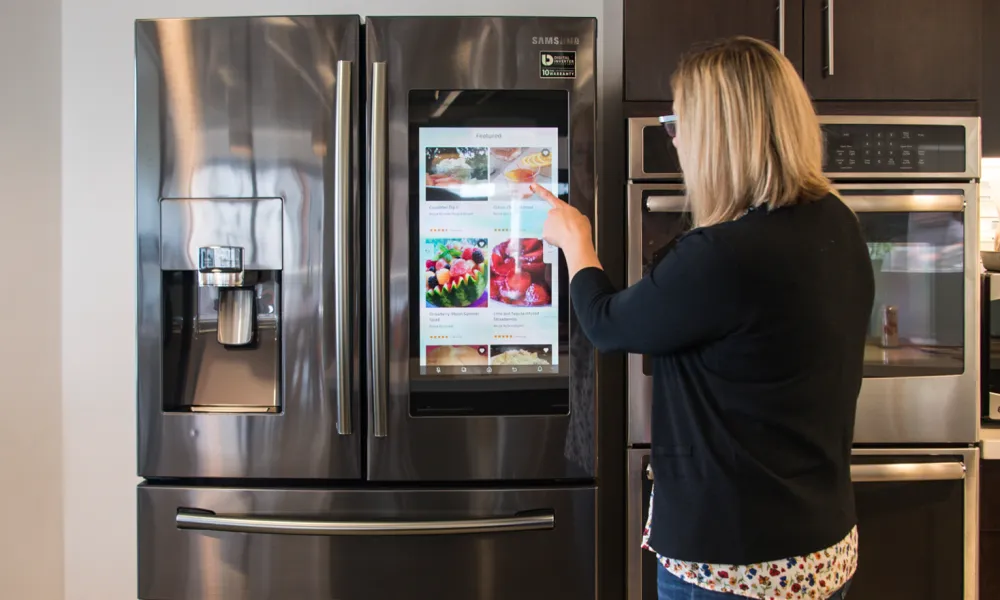
Smart refrigerators promised to revolutionize the way we manage groceries, offering features like remote temperature control, shopping lists, and recipe suggestions. While some models live up to the hype, others, like the infamous smart fridge, were plagued with issues from the start. The fridge’s connectivity often failed, making it impossible for users to access the app or manage the device remotely. Even when the app worked, it often provided inaccurate data about the contents of the fridge, leading to frustration when trying to find ingredients or track expiration dates.
Many smart fridges also had issues with the cooling system, with some models failing to keep food at the correct temperature. The cost of these high-tech fridges was another deterrent, with prices reaching thousands of dollars—far more than a standard fridge. For most buyers, the added features didn’t justify the hefty price tag. The smart fridge craze quickly fizzled out as consumers realized that a regular fridge, paired with a good old-fashioned grocery list, was more reliable and affordable. The failed smart fridges proved that just because a fridge can be “smart” doesn’t mean it should be.
10. The Smart Home Toilet Paper Dispenser – A Really Weird Idea

The smart toilet paper dispenser promised to revolutionize the bathroom by offering automatic dispensing via a sensor or smartphone app. The device claimed to provide a touch-free experience, ensuring that you never had to manually pull toilet paper again. However, users found that the dispenser was finicky and often dispensed too much or too little paper, causing more inconvenience than it solved. The app connection was unreliable, making the “smart” functionality more of a hassle than a convenience.
The dispenser also required constant battery replacements, adding unnecessary upkeep to a product that wasn’t improving anyone’s bathroom routine. Many people found it hard to justify spending money on a device that didn’t really offer any significant benefits. At $80, the price seemed absurd for a gadget that didn’t even work properly. In the end, most people opted for the classic toilet paper roll over the overcomplicated, glitchy dispenser. The smart toilet paper dispenser was a reminder that not every part of the home needs to be “smart.”
11. The 3D-Printed Pizza Maker – A Cheesy Mess
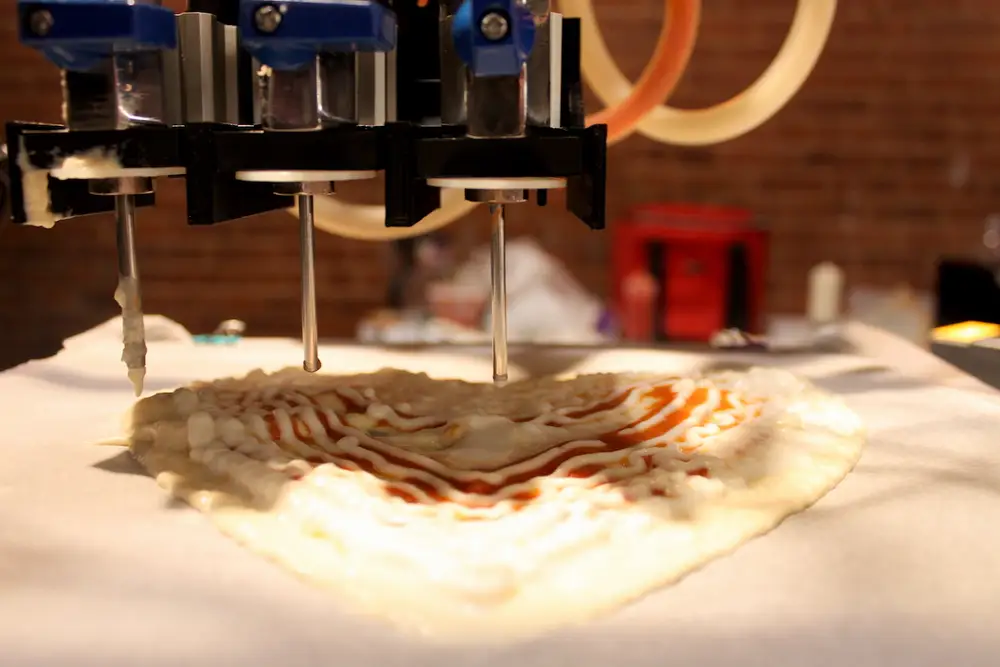
3D-printed food sounded like a futuristic dream, and the 3D-printed pizza maker seemed like it would be the ultimate kitchen gadget for tech enthusiasts. The machine promised to print out pizza dough, sauce, and toppings with just the push of a button, offering a personalized pizza experience without any mess. However, in practice, the 3D-printed pizzas were disappointing, with dough that was often unevenly cooked and toppings that stuck together. The process was slow, taking far longer than simply assembling a pizza by hand, and the results were subpar.
Many users found that the machine didn’t even make pizza as good as a frozen one, let alone a fresh, handmade pie. Additionally, the 3D printer itself was expensive and required constant maintenance to keep it running smoothly. At $1,000, it was a hefty price for a gadget that didn’t deliver on its promises. The novelty of 3D-printed food wore off quickly, as consumers realized they could make a better pizza with less hassle and at a much lower cost. The 3D-printed pizza maker ultimately became a failed experiment in the kitchen tech world.
12. The Smart Plant Pot – A Self-Watering System That Wasn’t Smart

The smart plant pot was designed to make plant care easier by automatically watering your plants based on their needs. It promised to eliminate the need for constant attention, keeping your plants hydrated and healthy even if you weren’t home. However, the system was often inaccurate, leading to overwatering or underwatering, both of which could be damaging to your plants. The technology behind the self-watering system was unreliable, with many pots failing to deliver water properly or draining too quickly.
Additionally, the pots were difficult to clean, with water buildup and mold becoming common issues. Many users also found that they still needed to monitor their plants closely, as the pot didn’t completely remove the need for care. For the price of $100, it was hard to justify the purchase when a regular plant pot with a simple watering schedule worked just as well. The smart plant pot quickly faded from the market as people returned to more traditional methods of plant care.
13. The Smart Mirror – A Futuristic Flop for Your Bathroom

The smart mirror promised to transform your bathroom experience by displaying helpful information like the weather, news, or even your daily agenda while you got ready. While this sounds convenient, the reality was far from impressive. Many smart mirrors had low-quality displays that were hard to read, especially in a steam-filled bathroom. The mirror’s sensors often failed to detect your presence or were too slow to react, making the technology more frustrating than helpful.
The price for these mirrors was extremely high, often costing upwards of $500, for a product that was less effective than simply checking your phone. Users found that the smart mirror added unnecessary complexity to an otherwise simple task, and the novelty wore off quickly. Worse, many mirrors had issues with the smart features failing after just a few months of use. At the end of the day, the smart mirror didn’t provide enough benefits to justify the high price tag. People returned to their traditional mirrors, happy to skip the digital features and keep things simple.
